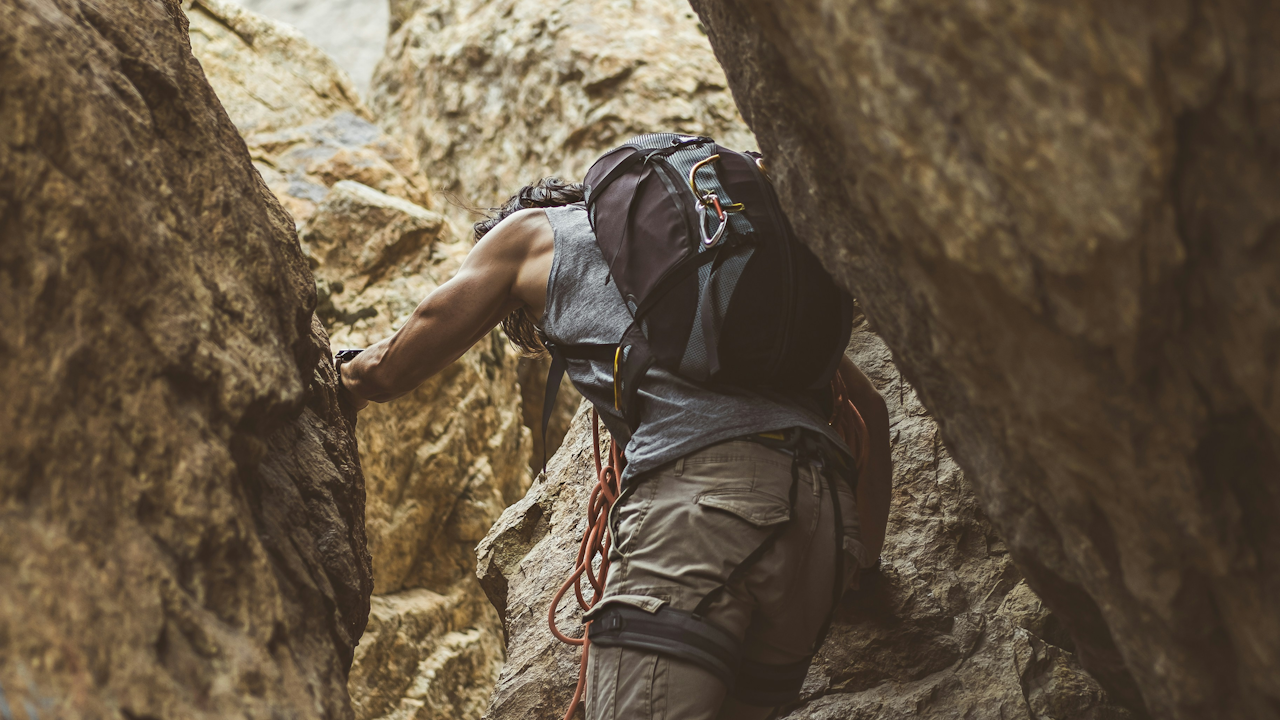Adventure is often imagined as something grand and distant. People picture climbing Mount Everest, sailing across oceans, or trekking through remote jungles. While these pursuits capture the imagination, they are out of reach for most due to cost, time, and risk. Yet the human desire for discovery, challenge, and excitement is universal. This is where the concept of the microadventure offers a refreshing alternative. A microadventure delivers the essence of exploration and thrill without requiring major planning or resources. It is about finding big experiences in small, accessible doses.
The term “microadventure” was popularized by British adventurer and author Alastair Humphreys. He defined it as short, simple, and local adventures that are easy to fit into everyday life. A microadventure might be an overnight camp in the woods near home, a bike ride to watch the sunrise, or a swim across a lake before work. The key is not the scale of the journey but the shift in mindset. It is about stepping outside daily routines to embrace novelty and challenge, even if only for a few hours.
One of the strongest appeals of microadventures is their accessibility. Many people feel that adventure requires expensive gear, international travel, or extended time off. This belief often keeps them from pursuing it at all. Microadventures remove those barriers. Most do not require more than a sleeping bag, basic clothing, and curiosity. They are affordable and often free, since they rely on local landscapes like parks, rivers, or hills. Anyone with a bit of creativity can design their own experience, regardless of where they live or what budget they have.
Time is another crucial factor. Modern life leaves little room for week-long expeditions. Jobs, families, and responsibilities compete for attention. A microadventure fits into the cracks of daily schedules. It can be as brief as an evening hike followed by stargazing or as compact as a lunchtime exploration of an unfamiliar part of the city. The brevity does not diminish its impact. Even a single night outdoors, waking up to birdsong instead of alarms, can refresh the mind in ways that rival a longer holiday.
The psychological benefits of microadventures are significant. Humans thrive on novelty and challenge. When daily life becomes a cycle of predictable routines, energy and creativity decline. A short adventure breaks this pattern and stimulates the mind. There is joy in discovering a hidden path, cooking dinner over a small fire, or watching the night sky from a hilltop. These experiences sharpen awareness and foster gratitude for simple pleasures. They also provide a sense of accomplishment. Sleeping outdoors for the first time or navigating by map instead of GPS might seem small, yet they bring the same satisfaction as larger goals achieved on grander expeditions.
Microadventures also encourage a deeper connection with the natural world. Many people live in urban environments where nature feels distant, reserved for special trips to national parks or beaches. By seeking adventure locally, people rediscover the green spaces, rivers, and wild corners near them. Spending even a few hours outside reduces stress, lowers blood pressure, and improves mood. In this way, microadventures become a form of self-care. They remind participants that adventure does not require faraway mountains; it exists wherever sky meets earth.
There is also a social dimension to consider. Microadventures are ideal for sharing with friends or family. A spontaneous camping trip in the backyard can ignite a child’s imagination. A sunrise hike with a partner can strengthen bonds. Even solo microadventures create stories to share later, sparking conversations and inspiring others. Because they are simple and low-risk, they invite participation from people who might never consider themselves adventurous. This inclusivity broadens the definition of adventure and makes it part of everyday culture rather than a niche pursuit.
Critics might argue that microadventures cannot compare to the grandeur of traditional expeditions. It is true that sleeping under the stars near home is not the same as summiting a Himalayan peak. Yet the point is not comparison. Microadventures are not about replacing grand adventures but about creating space for excitement and exploration in everyday life. They democratize adventure, making it accessible to everyone, not only those with extraordinary means. In many ways, the smallness of microadventures is their strength. They highlight how much joy and fulfillment can be found in ordinary surroundings when seen through the lens of curiosity.
Practicality is another reason for their rise in popularity. In recent years, interest in sustainability and reducing carbon footprints has grown. Long-distance travel carries environmental costs, while local exploration minimizes impact. Choosing a bike ride to a nearby hilltop over a flight to a foreign country is not only easier but also kinder to the planet. Microadventures encourage people to appreciate what they already have rather than chasing distant landscapes. They help cultivate gratitude and mindfulness, two qualities often overshadowed in modern living.
Getting started with microadventures is simple. Begin by looking at a map of your local area with fresh eyes. Seek out places you have not visited or overlooked. Challenge yourself to spend one night outdoors, even if only a short distance from home. Try commuting to work by a different route, walking along a river, or watching the sunset from a rooftop. The goal is to create moments that feel different from the ordinary, moments that engage your senses and invite reflection. Over time, these small experiments can build confidence and curiosity, paving the way for larger adventures if desired.
Ultimately, the value of microadventures lies in their ability to transform perspective. They prove that adventure is not defined by distance or expense but by attitude. They remind us that the world is full of wonder waiting to be discovered, even in our own backyards. In a culture that often prizes the extraordinary, microadventures celebrate the extraordinary hidden within the ordinary. They invite us to step outside, look around, and realize that big thrills are always within reach, even in small doses.

